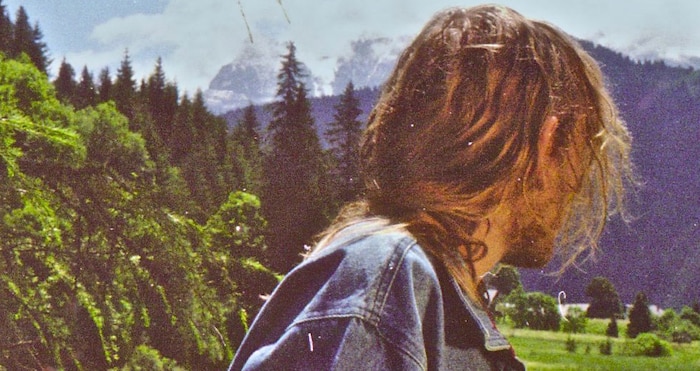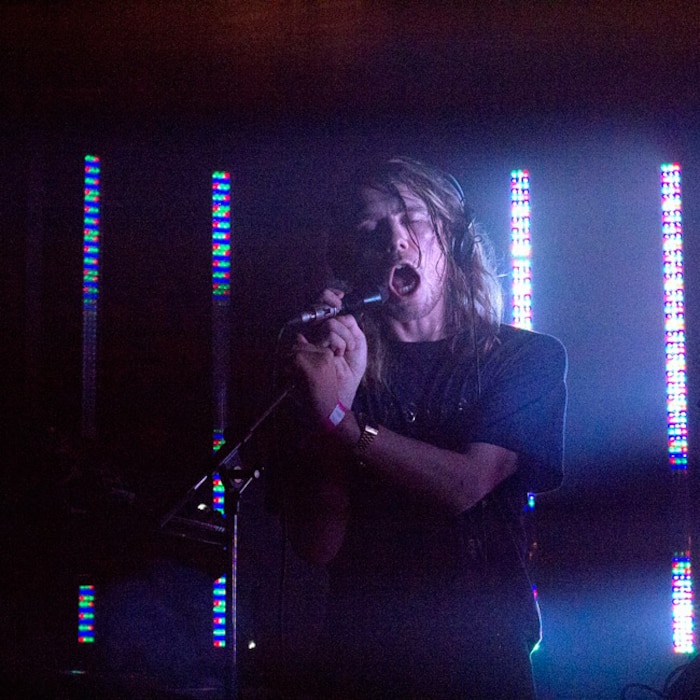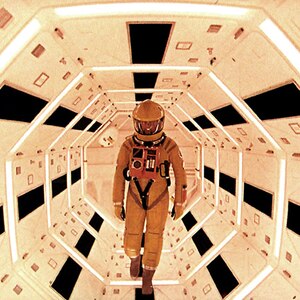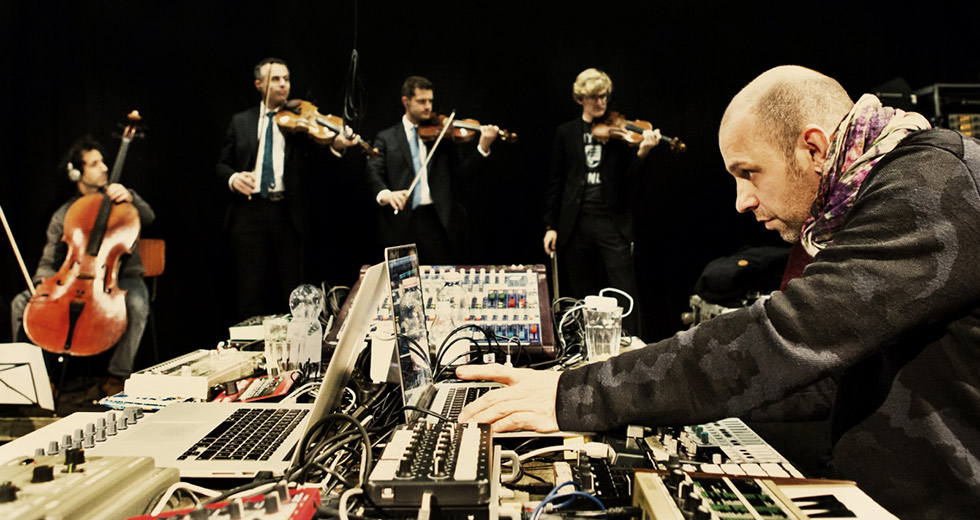Palmbomen: A trip to inner space
2011 Red Bull Music Academy alumnus Palmbomen’s debut album is a collection of low-slung Italo arpeggios and thick synth chords buried under an avalanche of tape hiss, wildly-pitched harmonies and ice-cold melancholia. Max Cole attempts to get to the root of this climatic conundrum, stumbling into a Bermuda Triangle of broken video recorders, childhood camping holidays and Haneke films.

The songs of Kai Hugo and his Palmbomen project are hard to put your finger on. It’s a world of grainy VHS memories, longed-for paradises and cold, concrete cities. Once you feel close to grasping it, the music quickly shifts, oscillating from despair to hope and back again. What is clear is Palmbomen’s fascination with sound, and his exploration of its many shapes and depths. While many producers spend hours crafting pristine audio, Palmbomen uses tones and timbres to stir up long-lost memories and buried feelings, giving the listener enough credit to fine-tune the details for themselves.
“I like music more as an atmosphere than to spread a particular message,” says the Dutch producer. “Sounds don’t need to have massive low end for people to feel it, you know? For me, music is more about songwriting and harmonies and experimenting with sound.”
This is very much in evidence when listening to his album Night Flight Europa. It’s pop that flirts with the avant-garde; pop at its raw, courageous best. In some parts, the album is awash with the genetics of German pioneers like Supersempfft and Kraftwerk, Can and Cluster. Elsewhere, Palmbomen filters his love of Italo disco and proto house through the psychedelic ’60s and the bleak landscape of late ’70s Northern England. At times sounding like an action sequence from Blue Thunder, or a shelved Bruton record whose working title might have been Emerald Data Source, Palmbomen’s reduction of these influences is deeply personal. At the same time, the music places him in a current-day context shared by fellow hazy tape architects like Ariel Pink, Toro Y Moi, Neon Indian and Washed Out.
The sound palette that Palmbomen sculpts is, in essence, the emotional core of his music. The lyrics might be hard to understand under layers of pitch-shifting and reverb, but those details are less important than the overall impression. While there’s an experimental lean to Palmbomen’s music, he nonetheless has a strong vision in the studio. (And plenty of beloved hardware: the Panasonic VHS player and Telefunken tape recorder that form the basis of Night Flight Europa are just as vital as his beloved Jupiter 4, DX7 and ARP 2600.) “Production and composition really go together for me,” he explains. “I’m first searching for a sound, then writing some chords, and then looking for a bass that goes under it. I always record wet, with all these effects on the hardware, ’cause I don’t want to go back in the process. It has to be the kind of sound I want to have on the album, otherwise I just don’t want to record it. So I have to feel really sure about it. I have to make decisions right there on the spot. I never think, ‘Oh maybe I’ll go back to that later.’ That means you also have room for happy accidents.”

Hugo says he’s often inspired by memories of family holidays in Southern France: camping trips that would leave him and his four sisters the task of amusing themselves, creating their own imaginary worlds on the lakeshore. “I’ve got a feeling about the area and the stuff we did, and in my songs I’m describing what I see. My parents are both French. My mum is from Alsace and, although I grew up in Holland, I love those surroundings close to Switzerland. A lot of my influences come from that Bayern part of Europe, a lot of krautrock and classical music.”
So while the lilting Hawaiian arpeggios on the album are very real, they’re also based on imagined versions of what those far-off places are actually like. Dutch semi-public access channel TV Oranje did much to drive this minor obsession during Palmoben’s youth. “It was just video clips of this really corny music, made by people in their homes with some Casio keyboard that plays all the parts. They sing about the Costa del Sol and Spanish beaches and that kind of thing. They play on these really out-of-context salsa keyboards, and then the video clip they record is down the local park or the pub or wherever. I find it really inspiring, this longing people have for warmer climates, this longing for a world you can’t have. That’s kind of the concept of Palmbomen I guess, thinking about these distant countries in a dreamy way.”
Listeners familiar with Palmbomen’s 2010 EP Moon Children might recognize that, while his sound has developed, the feeling behind the tracks – that mixture of joy, hope and delusional misery – is still there. “Some people hear the high-pitched vocals as being really happy, which I don’t think they are at all, they’re rather melancholic,” muses Hugo. “That’s the bittersweet feeling behind it, I suppose. These worlds are never really happy. They've always got a twist to them, like Haneke’s movie The Seventh Continent.”

In general, there's a certain widescreen quality to Palmbomen’s world, and it's not just panoramas of sun-bleached wow and flutter. Song titles like “Planete Sauvage” and “The Possibility That Love Is Not Enough” nod towards outer-dimensional landmarks of animation and TV – it would be easy to imagine Palmbomen’s songs cropping up in thrillers like Assault on Precinct 13, They Live or Escape from New York. “I love the films of John Carpenter and the whole atmosphere he makes with his soundtracks,” agrees Palmbomen. “You can really hear that it’s one person using one synthesizer, just building these worlds. I like more the experimental side of synths and sounds for soundtracks. Perhaps an even bigger influence is 2001: A Space Odyssey. I’ve watched that film about eight times while making the album. The whole trip you go into, in terms of aesthetics… that's just really inspiring for me to try and translate that into music.”
Palmbomen will launch his album Friday 25th January at Melkweg, Amsterdam with Legowelt, Anika and Renkas.

